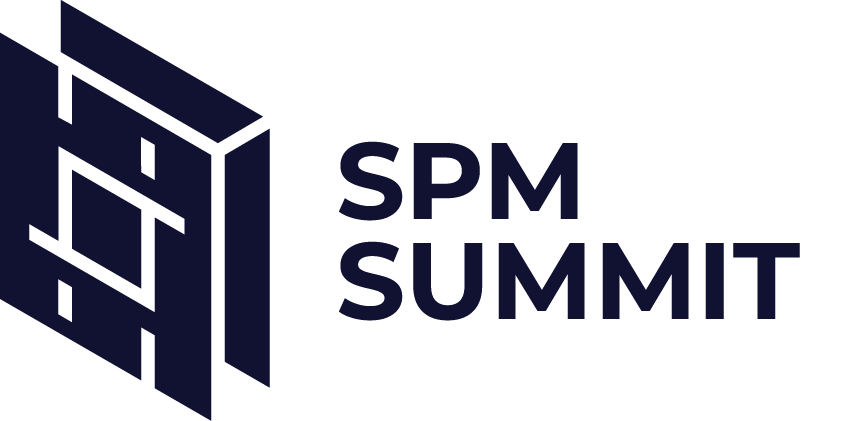While matrix organisations and agile working methods are no longer a novelty in many commercial enterprises. However, the public administration is more familiar with clearly defined responsibilities through fixed teams and classic (project) management methods. The BITBW, as the IT service provider of the state of Baden-Württemberg, has also been organised in this way for the most part in recent years.
The managers of units 51 and 52 have broken new ground here for the administration: originally responsible for the development and operation of web portals and applications (51) and products for selected departments (52), both agile methods of project management and software development were successfully introduced and the new matrix organisation SAM was founded (Software, Architecture & Management). This change includes about 80 employees of the units, who focus on product management and quality assurance in the newly designed teams in Unit 51 and on architecture decisions and implementation of the solutions in Unit 52. Agile management methods are also used, especially at the level of unit and team leaders, such as the OKR (Objective and Key Results) Framework.
This implementation has lighthouse potential in public authorities, at least in Baden-Württemberg, on the topic of holistic agile transformation and also forms the basis for successfully setting up an overarching product and product portfolio management. This presentation shows the path taken so far in the last three years and provides an outlook for the future.
About the speaker:
In his professional career of over 20 years, Tobias Häusser has had the opportunity to gain product management experience in very different types of companies, their cultures and framework conditions.
The first 9 years of his career in his own IT start-up were particularly formative in terms of entrepreneurial responsibility. This was followed by positions as a manager at Deutscher Sparkassenverlag and adesso, each with increasing responsibility. Tobias currently heads a department for product management and quality management in the IT authority of Baden-Württemberg.
These different perspectives have given him the opportunity to continually expand his personal toolbox and find his way in these environments, both methodically and technically. In each station, he has helped shape transformations to an ever-increasing degree. The transformation of two originally classically structured organisations into an agile, product-oriented matrix organisation in a public authority environment presented in the presentation represents a special highlight in this context.

